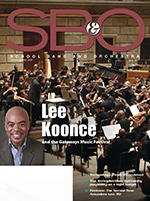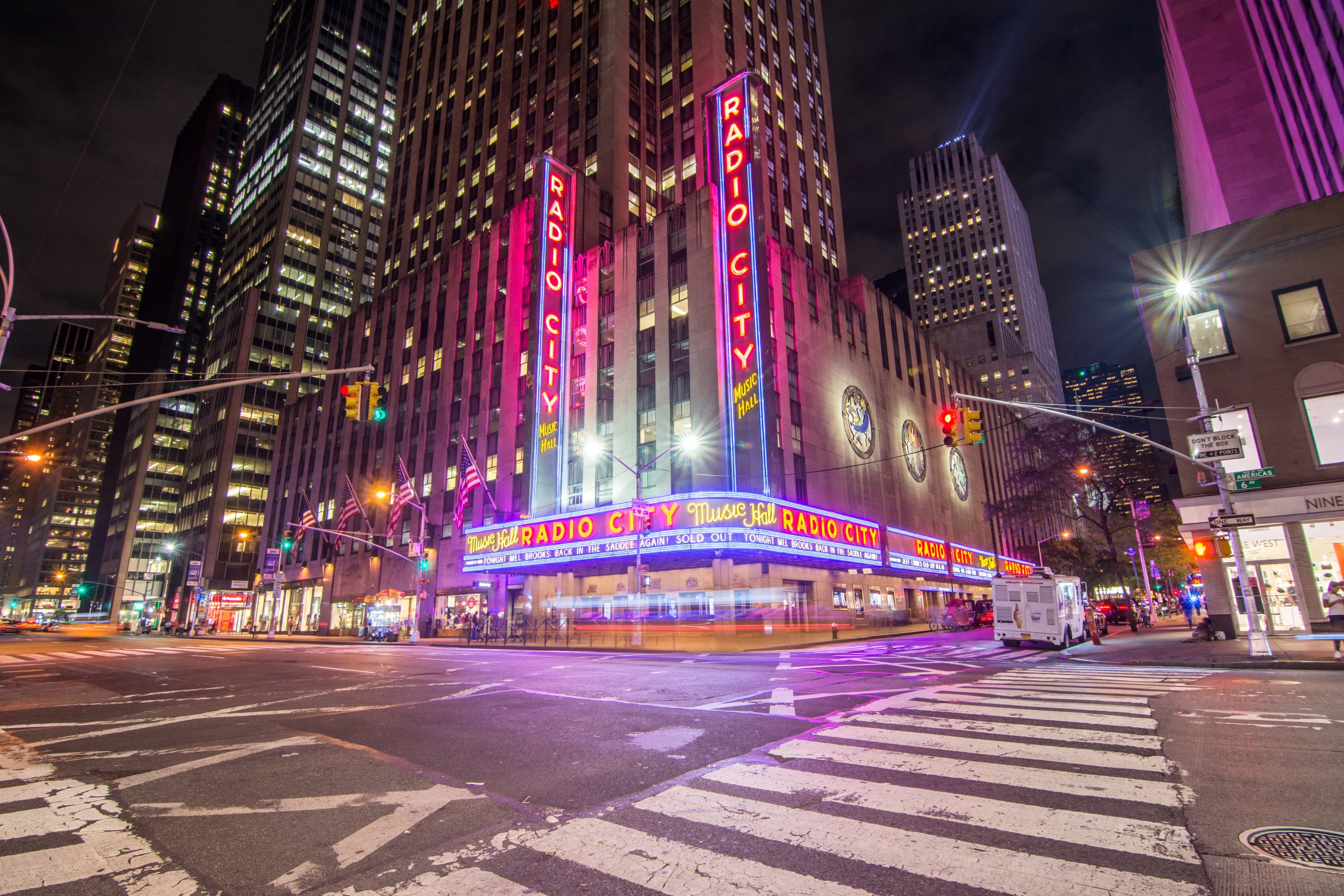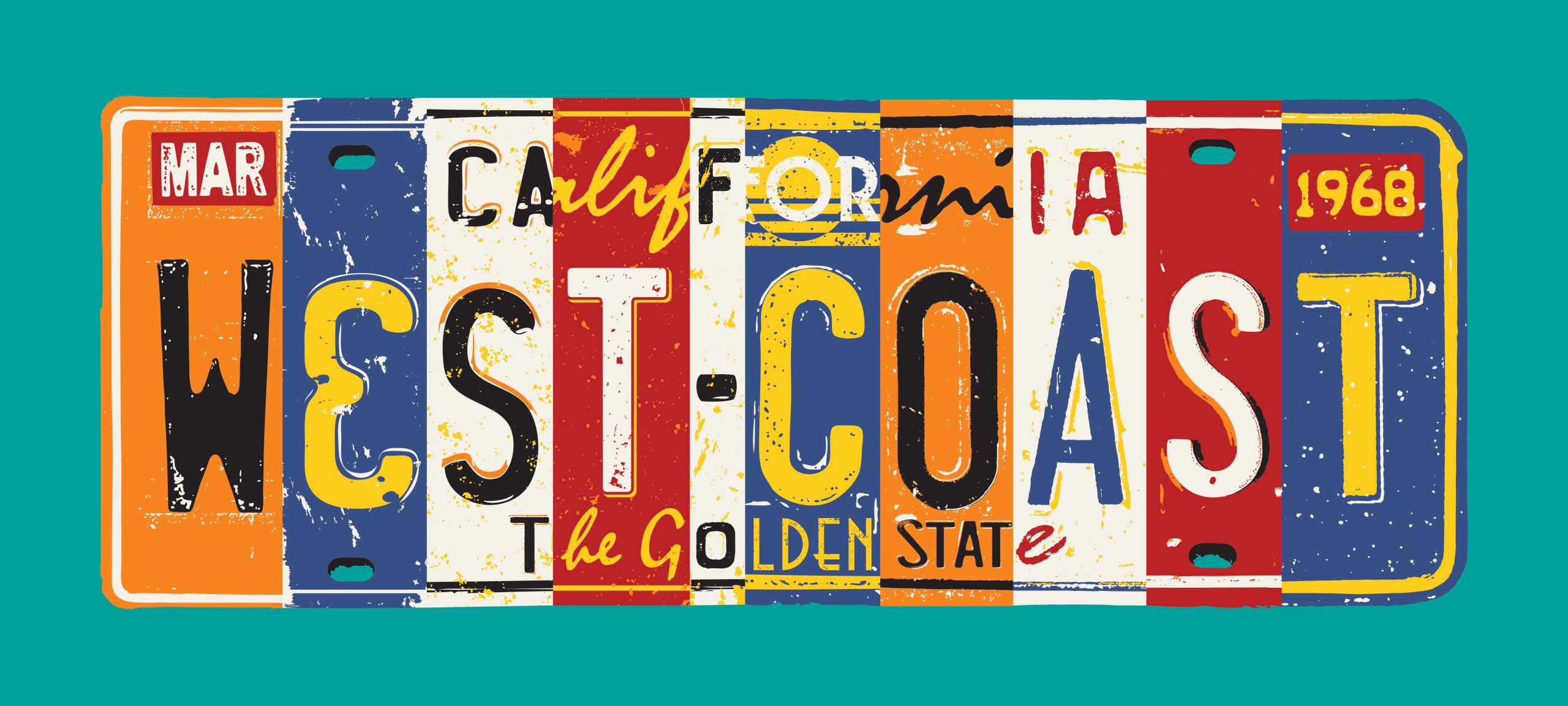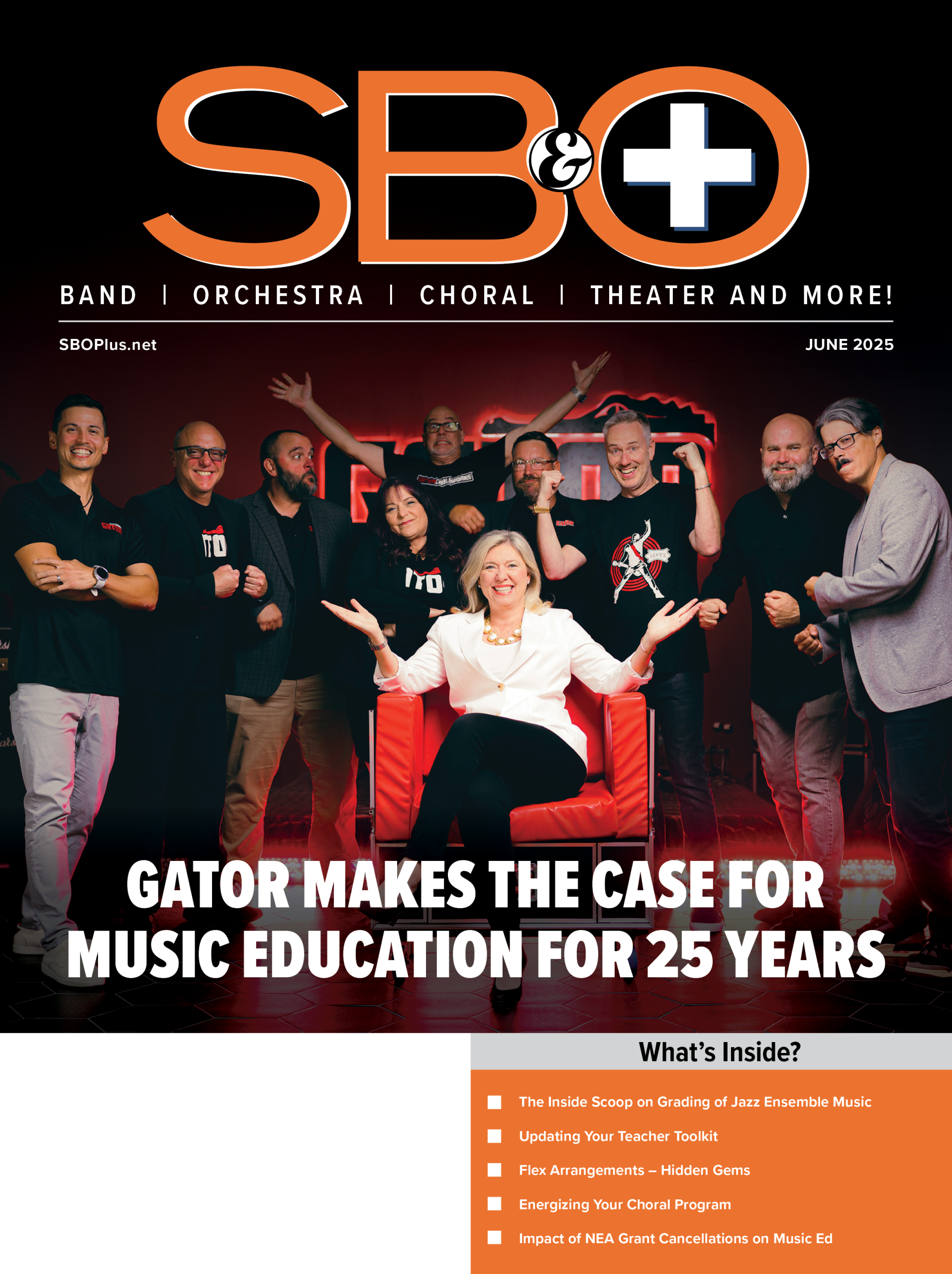In the world of handheld digital recorders, smaller is better and now it’s getting cheaper, too. This is great news for music educators who are looking to record their rehearsals, concerts, and lessons. Today’s handheld digital recorders can professionally record at a moment’s notice with instant, one-hand operation. There are even palm-size handheld digital recorders with two channel capability that can record uncompressed digital or compressed formats like MP3 and WMA.
When thinking about purchasing a recording device, there are two lines of products to consider: those designed for recording speech and those designed for music. Often, the consumer lines are used to record people speaking, while the pro-lines are mainly for music. However, there is no significant difference between handheld digital recorders for music applications if you know what product features to look for. The voice recorder unit can weigh less than two ounces and many music recorders, while larger, are still palm-sized and often have easier access to controls with one-hand operation. The field-size recorder is larger and has larger speakers and a substantial on-board speaker playback system for instant classroom playback. Whether on batteries or AC, larger portable units require the use of two hands, whereas the other two sizes are definitely okay for one-hand operation.
Important Facts About Voice and Music Digital Recorders
Price difference between voice and music digital recorders is no longer a significant issue. The $200- to $300-range is typical unless you desire the esoteric features of extravagantly priced music recorders. Both product lines should be capable of doing an excellent job for music applications if you are aware of a few things. Pro-line recorders can record at higher than CD audio quality and are very slick with most of the large operating controls located on the front of the device, while the consumer lines have most of their controls on the side. Audio recording and playback are outstanding, well worth their pricing and often able to record in uncompressed WAV files all of the way up to 24-bit / 96 kHz, which is welcome news if you’re shooting for a high-quality recording of a live performance.
While I personally prefer the larger pro-line units because I have large hands, I must say that the audio quality of voice recorders can be very impressive, and they are usually competitively priced and come in a very convenient size. And if you add on a modestly priced external miniature condenser microphone, it is difficult to tell the difference between the two. External mics have an advantage over built-in microphones because they can be directed precisely toward the sound source and in some cases, you can control the recording angle coverage for an even better recording. The Sony ECM-MS907, for example, can be configured for a 90- or 120-degree recording angle coverage.
Regardless of which product line you consider, be absolutely sure that the unit has manual recording level controls. In order to obtain the best music recording with a full range of dynamics, the unit’s VU meter needs to be manually set to optimize the recording for both loud and soft passages. All digital recorders have automatic gain control, which boosts the low volume voice and reduces the recording levels of loud sounds. This will not work for a high quality music recording the addition of the adjustable microphone recording sensitivity level is mandatory. Do not purchase any recorder without manual recording level controls.
Models by Sony, Olympus, and Yamaha have several new features on their voice recorders that make them good music recorders. They include “lite” music editing software versions of SoundForge or Cubase, which are pro-level applications for optimizing the audio when the recordings are transferred to the computer for more editing. Manual recording level controls give higher resolutions in compressed file formats. I suggest 128 kbps and higher as a minimum audio standard in an MP3 recording mode. Modestly priced miniature external condenser microphones are a perfect match for a handheld recorder.
Playback Hints
Digital recorders do a much better job at maxing out the sound levels correctly on a manual recording. Avoiding the automatic recording mode will give you a noticeably better playback through the small speakers because it is usually at a lower, more acceptable level. Otherwise, use earphones or extra speakers for playback.
Since handheld digital recorders are not electrically grounded, hand noise can affect the recordings, especially when the device is turned on, put down, held. I suggest using a case, if there is one available, to hold the recorder while recording. If a case isn’t available, I wouldn’t suggest laying the digital recorder down while recording. If you must do so, start the recording and then place it on something like the reverse rubberized surface of a mouse pad and wait at least five seconds before the music begins to play. The mouse pad will minimize the transfer of surface sound to the recorder and the five seconds of silence will make it easier to edit when using editing software.
Perhaps the best solution is a miniature tripod to hold the recorder, provided the unit has a screw mount.
The smaller the unit, the smaller the speaker will be, and the lower output power it will have. Consequently, voice recorders have limited playback use in a music ensemble or classroom because they’re meant to be heard by only one or two people. But if you use external speakers with any size handheld unit, you will be amazed at how well these devices can function in a large classroom. For example, Sony offers full range, compact stereo speakers, SRSM50, that have both A/C and battery power options that could be used in a classroom situation without size or weight issues, and with 2.5 watts of power per channel. With a price tag under $50, these very portable speakers fold in half, making a handheld recorder more functional in a classroom situation, yet also highly portable for use beyond the classroom.
Another idea for fast and dirty playback is to purchase a Y-cable so two sets of headsets can be plugged into the unit. Two students can then listen to clear audio playback, and an eight-foot extension cable will provide even more convenience, so the students don’t have to be standing next to the recorder when they listen.
The other option that most devices have is to save and play back digital voice recordings on a PC. Additional foot pedals, headset, and transcription software for professional use only costs another $150. Check out the transcribing software bundle, Sony FS85USB, which comes with foot control and listening device. There are other good transcribing software and foot control bundles on the market from Dictran.com (wavpedal).
There is a plethora of handheld digital recorders to look at from prominent manufacturers, for both music recorders voice recorders that have good music capability. Here are some worthy competitors for your comparative shopping:
#149; Sony
#149; Olympus
#149; Marantz
#149; Yamaha
#149; Edirol
#149; Zoom
#149; Tascam
#149; M-Audio
#149; Korg
Voice Recorders
Two models stand out in the voice recorder line: the Yamaha Pocketrak 2G and Sony ICDSX700. The Yamaha Pocketrak 2G is one of the smallest high-quality portable audio recorders available today weighing in at 1.7 ounces. It also has two gigabytes of memory, three hours of PCM recording at a maximum MP3 quality of 128 kbps. Its lightweight, low-profile design is just dying to be used for covert spy missions and concert bootlegging because it is easy to conceal in a pocket, or tucked away in some dark corner. The built-in stereo microphone can be angled up on its hinge to prevent picking up vibrations when laid on a table. It includes a built-in USB stick and rechargeable AAA battery. The long-lasting rechargeable battery can be used for 19 hours of consecutive MP3 recording and charges in 90 minutes with a USB connection to a computer. Speaker playback is quite good for the unit’s modest size, decent for one or two people. Having cubase AL music editing software included makes it possible to edit recordings, which is a real plus.
If you are looking for a voice recorder to provide even higher audio quality, consider the Sony ICDSX700. It offers the flexibility to choose between Linear PCM recording at true CD 44.1 kHz quality, with sampling rates up to 192 Kbps in its MP3 mode, or Sony’s LPEC codec for voice dictation. Its one-gigabyte memory is adequate. The ICDSX700 even has a number of different recording modes: Super High Quality, High Quality, Standard Play, and Long Play with High or Low microphone sensitivity settings. It has automatic gain control, but the manual adjustment can shut off this function and is ideally suited for music with a large, easy to see LCD screen and VU meter to calibrate proper recording levels. The controls are easy to use, even with my large hands. Its built-in stereo microphones can either be used for directional or wide-area coverage. The on-board speaker is quite good for a small voice recorder. Sony includes Sound Forge Audio Studio LE software with the ICDSX700 as well as Digital Voice Editor software to transfer the recordings to the PC. Being MAC compatible, recordings can be transferred using drag and drop.
Music Recorders
Professional models usually provide a high quality VU meter for adjusting levels, compression options to prevent digital clipping, XLR jacks with 48V phantom power, and the capacity to insert additional memory cards. Limited editing can be done on the unit, but some include PC software for real editing later.
The Tascam DR-100 has more recording features than most voice recorders. It is definitely a “high end” recorder; it has four built-in microphones two cardioid and two omni-directional along with analog limiting and filtering for great-sounding recordings. A pair of XLR microphone inputs with phantom power welcomes pro-grade condenser microphones, and line in and out connectors are also provided. It also has a tripod mounting hole and comes with a wireless remote control that can start the recording from a distance. The DR-100 has two gigabytes of internal memory and can accept SD media cards up to 32 GB. It records MP3 files from 32-320 kbps and WAV files up to 24-bit/48 kHz. Tascam says that 96 kHz recording capability will be provided in the upcoming 1.10 software update. The DR-100 includes a rechargeable Lithium-ion battery, but can also be powered by AA batteries or an optional AC adapter.
The Olympus LS
























